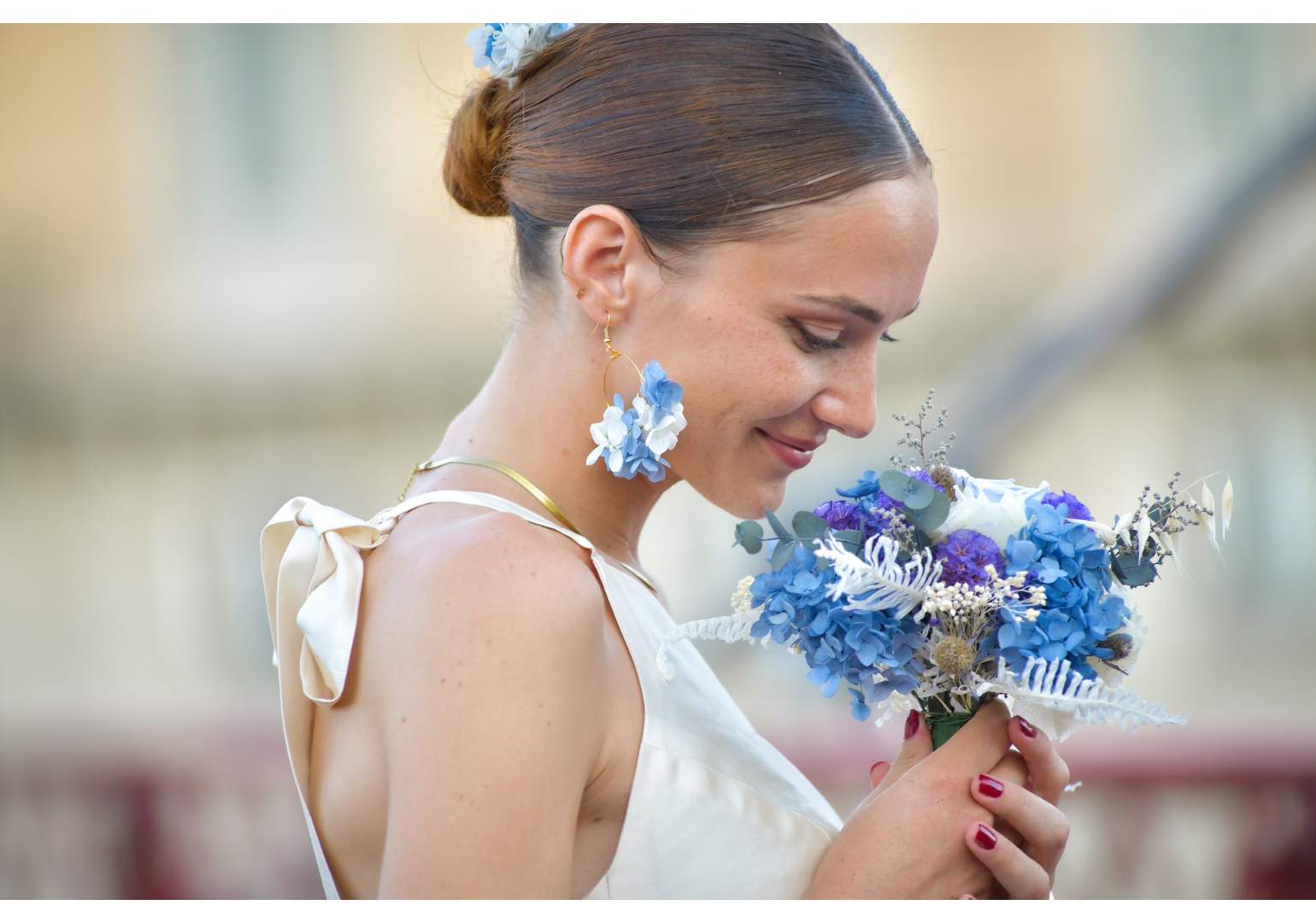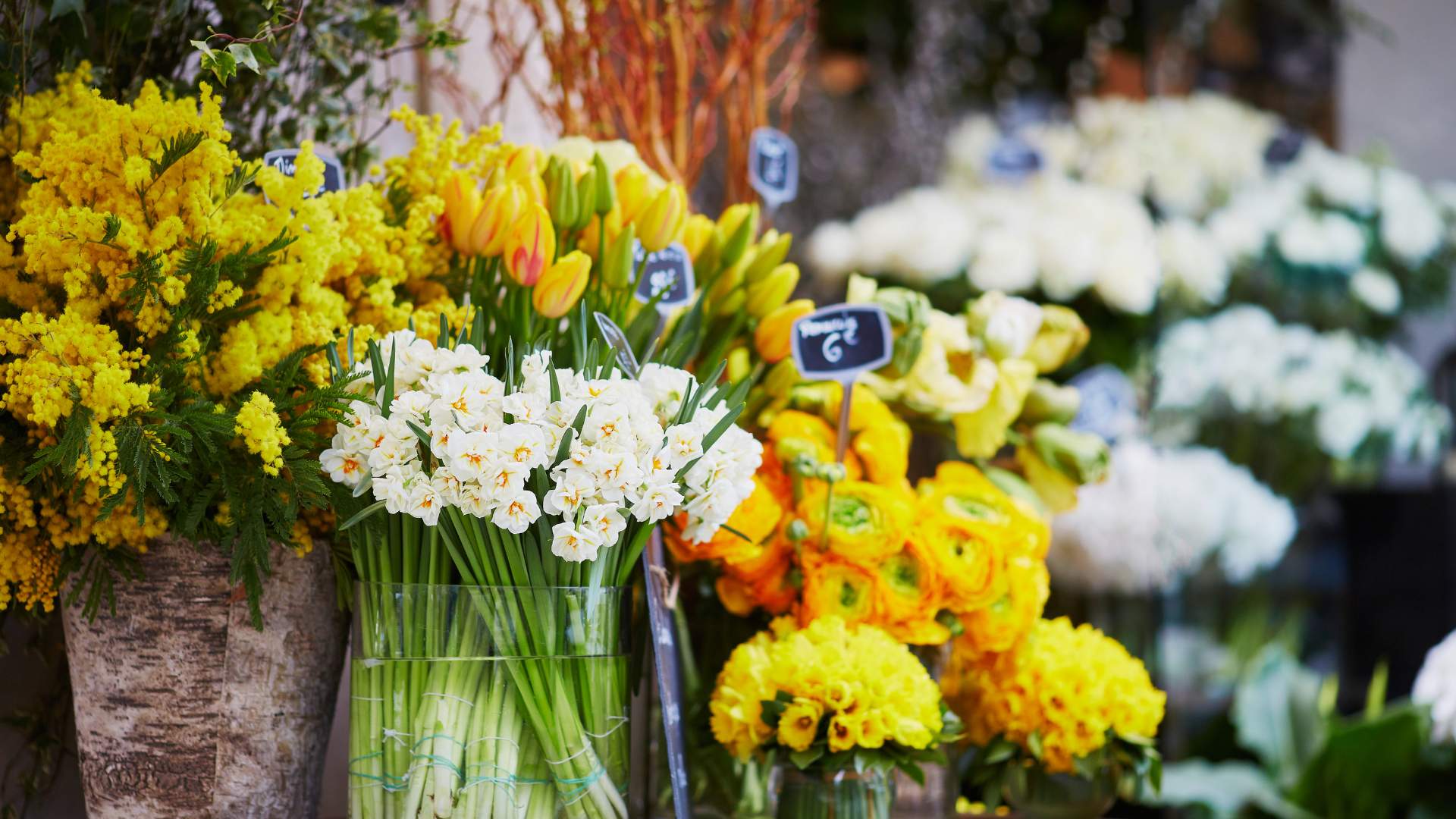The Ultimate Guide
Who hasn't been saddened to see their favorite bouquet wilt prematurely? By following a few simple tips, you can significantly extend the life of your cut flowers and enjoy their beauty for longer. Here's a complete guide to maximize the longevity of your flowers and maintain their vibrancy.
Why do flowers fade?
Cut flowers are living organisms that need water and nutrients to survive. When they are cut, their vascular system is damaged, reducing their ability to absorb water. Additionally, bacteria in the water can clog the vessels and accelerate the decomposition process. Understanding these mechanisms is essential for applying best practices and thus preserving your flowers.
The keys to maximum longevity
The choice of vase
- Cleanliness : Make sure your vase is perfectly clean. Bacteria in a dirty vase can quickly contaminate the water and shorten the life of your flowers. Wash the vase with warm, soapy water before using it.
- Size : Choose a vase that fits the size of your bouquet. A vase that is too small or too large can damage the stems or not provide adequate support, thus affecting the life of the flowers.
Preparing the stems
- Cutting : Cut about 2 to 3 cm of the stem at an angle, using a sharp knife or specialized scissors. This diagonal cut increases the surface area for water absorption, allowing for better hydration of the flowers.
- Foliage : Remove all leaves below the water line. Submerged leaves rot quickly and promote bacterial growth, which can clog stems and prevent proper water absorption.
Water
- Temperature : Use room temperature water. Water that is too cold or too hot can shock flowers and shorten their lifespan. Tropical flowers often prefer slightly warmer water, while flowers in more temperate climates thrive with room temperature water.
- Quality : Tap water often contains chlorine and other substances that can be harmful to flowers. Let the water sit for a few hours before use to allow these substances to dissipate.
- Renewal : Change the water in the vase every 2 to 3 days. Take the opportunity to clean the vase and trim the stems by about 1 cm. This helps keep the water clean and remove any blockages in the stems.
Nutrients
- Floral preservative : Commercially available floral preservatives contain bactericides and nutrients that extend the life of flowers. Follow the package instructions for optimal use.
- Home remedies : Some people add sugar, white vinegar, or aspirin to the vase water. The sugar nourishes the flowers, while the vinegar and aspirin help control bacterial growth. Try these methods to see what works best for your specific flowers.
The environment
- Light : Avoid exposing your flowers to direct sunlight or heat sources such as radiators or electronic devices. Excessive exposure to light and heat can accelerate wilting.
- Fruits : Fruits produce ethylene, a gas that accelerates the ripening of fruits and flowers. Keep your flowers away from fruit to prevent premature aging.
- Drafts : Drafts dry out flowers quickly. Place your vase in a location where it is not exposed to direct drafts.
Additional tips
- Bulb Flowers : For bulb flowers like tulips or daffodils, add a few inches of warm water to the vase before placing them. This helps open the stems and improve water absorption.
- Tropical Flowers : Tropical flowers like birds of paradise or anthuriums require high humidity. Mist the leaves regularly with water to maintain a humid environment.
- Double-flowered flowers : Double-flowered flowers, such as double roses or peonies, tend to fade more quickly. Be sure to give them special care by changing the water frequently and using floral preservatives.
The longest-lasting flowers
Some flowers are known for their longevity and can brighten up your home for longer. Here is a list of some of the longest-lasting flowers:
- Chrysanthemums : Very hardy, they can last several weeks with good care.
- Gerberas : Known for their hardiness, they stay fresh for around ten days.
- Carnations : These classic flowers can last up to two weeks.
- Roses : Although delicate, with proper care they can last up to a week and a half.
- Orchids : Exotic and elegant, cut orchids can last up to three weeks.
In conclusion
By following these simple tips, you can significantly extend the life of your bouquets and enjoy their beauty for longer. Don't hesitate to experiment with different methods to find the one that best suits your flowers. Caring for cut flowers takes a little time and patience, but the results are worth it, as you'll be able to enjoy their splendor for longer.
Additional ideas to develop this article
To enrich this article, here are some suggestions:
- A guide to the longest-lasting flowers : Include photos and detailed descriptions for each type of long-lasting flower.
- Edible Flower Cocktail Recipes : Add a floral touch to your drinks with cocktail recipes using edible flowers.
- Unique floral arrangement ideas for different occasions : Offer arrangements for specific events such as weddings, birthdays or parties.
- An interview with a renowned florist : Offering expert advice and professional tips.
- Tips for Creating Your Own Flower Garden : Guide your readers through creating a flower garden for a constant supply of fresh flowers.
- A focus on dried and preserved flowers : Explore these sustainable alternatives to fresh flowers, perfect for permanent arrangements.
Enriching this article with visuals (photos of flowers, bouquets, vases) will make the content even more attractive and inspiring. Don't hesitate to use high-quality images to capture the beauty and diversity of cut flowers.








